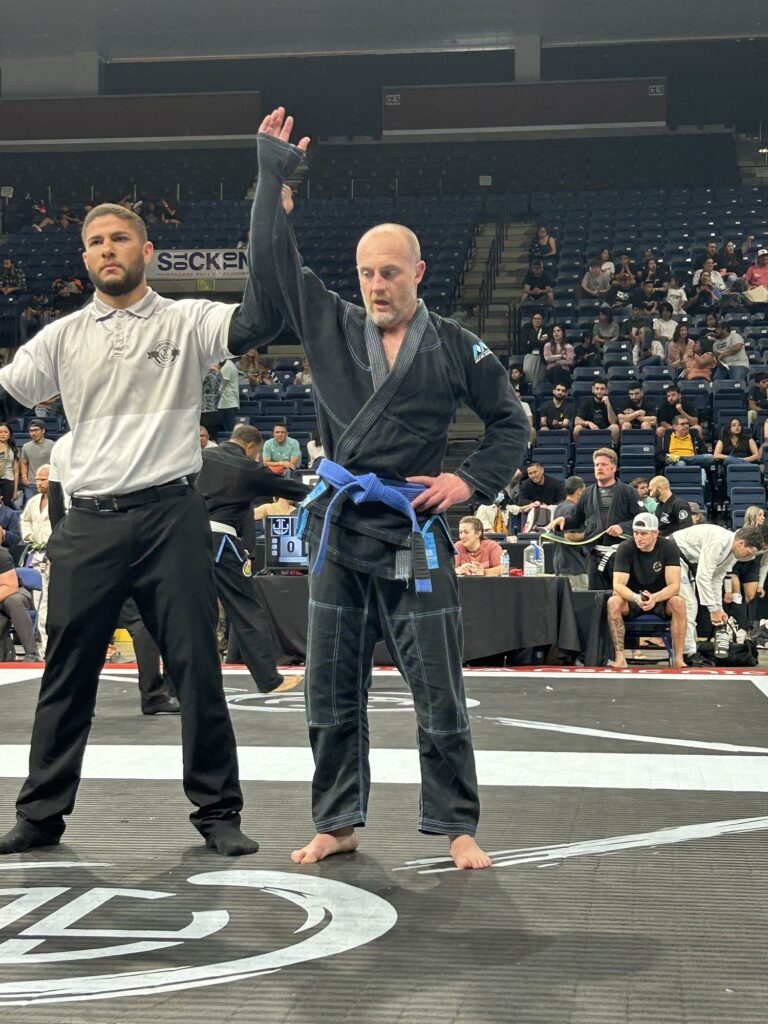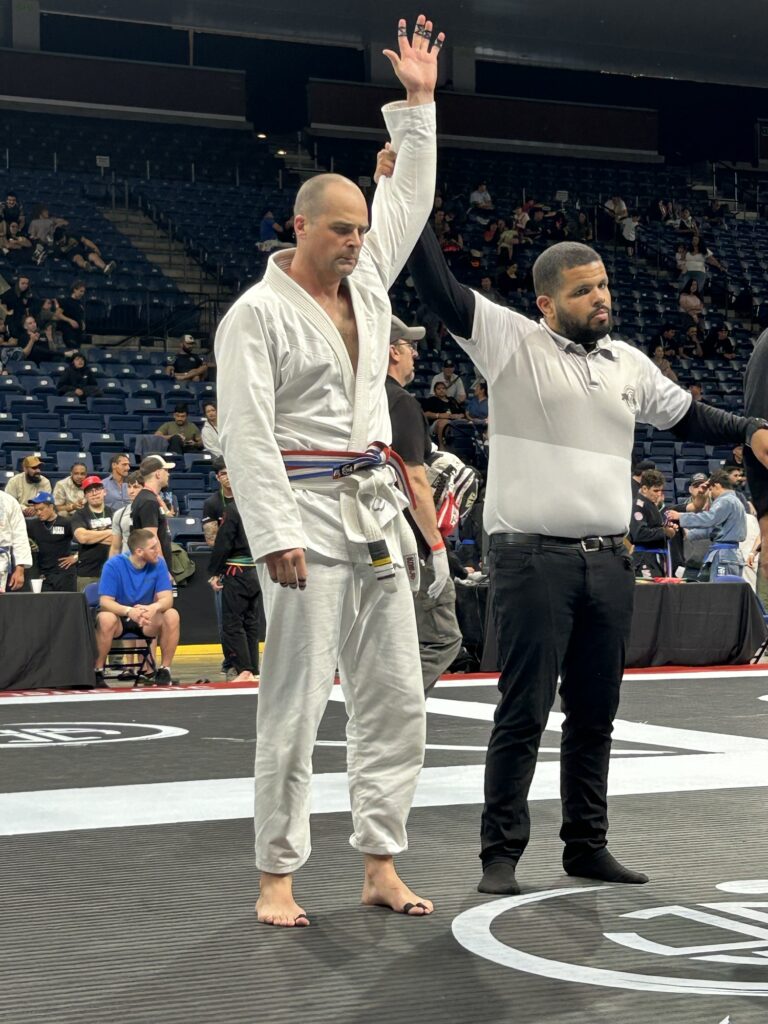Brazilian Jiu-Jitsu (BJJ) is not just a martial art; it’s a comprehensive system of self-defense that empowers individuals to protect themselves in real-world situations. Developed from traditional Japanese Jiu-Jitsu and Judo, BJJ focuses on leverage, technique, and strategy rather than size or strength, making it an ideal choice for self-defense. In this guide, we’ll explore how BJJ can enhance your self-defense skills and provide practical tips for integrating it into your self-defense repertoire.
Understanding the Principles of BJJ:
1. Grappling and Ground Fighting: BJJ emphasizes ground fighting and grappling techniques, which are essential for self-defense situations where the fight ends up on the ground.
2. Positional Control: BJJ teaches practitioners how to control and dominate opponents from various positions, including the mount, guard, side control, and back control.
3. Submissions and Escapes: BJJ practitioners learn a wide array of joint locks, chokes, and submission holds to immobilize or incapacitate attackers. Additionally, they are trained in escapes to counter opponent attacks and regain control of the situation.
Applying BJJ for Self-Defense:
1. Neutralizing Threats: In self-defense scenarios, BJJ enables practitioners to neutralize threats without resorting to excessive force. Techniques such as clinching, takedowns, and sweeps allow individuals to control attackers and prevent further escalation.
2. Defending Against Strikes: BJJ provides effective strategies for defending against strikes and punches, including blocking, parrying, and closing the distance to engage in grappling exchanges.
3. Ground Defense: Given that many altercations end up on the ground, BJJ equips individuals with the skills to defend themselves effectively in these situations. Practitioners learn how to protect themselves from strikes, escape inferior positions, and submit attackers using joint locks or chokes.
Practical Tips for Integrating BJJ into Self-Defense:
1. Regular Training: Consistent training is essential for mastering BJJ techniques and developing muscle memory. Attend classes regularly and dedicate time to practicing drills and sparring.
2. Focus on Fundamentals: Mastering the fundamentals of BJJ, such as posture, base, and leverage, lays a solid foundation for effective self-defense. Pay close attention to details and refine basic techniques before advancing to more complex moves.
3. Realistic Scenario Training: Incorporate realistic self-defense scenarios into your training regimen. Practice situational awareness, verbal de-escalation, and physical techniques in simulated encounters to prepare for real-life situations.
4. Adaptation and Flexibility: Recognize that self-defense situations are unpredictable and dynamic. Be prepared to adapt your BJJ techniques to different environments, opponents, and scenarios as needed.
Conclusion:
Brazilian Jiu-Jitsu offers valuable tools for self-defense, empowering individuals to protect themselves effectively in a variety of situations. By understanding the principles of BJJ, applying its techniques for self-defense, and integrating it into regular training, practitioners can enhance their confidence, security, and ability to defend themselves against threats. Whether you’re a beginner or an experienced martial artist, BJJ provides a practical and effective approach to self-defense that anyone can learn and benefit from.




